All the nuances of pear grafting
No experienced gardener is complete without such an important process as grafting. It is used for various purposes: for breeding, increasing the yield, creating hybrid plants, tree rejuvenation, etc. A similar action is carried out with a pear. But, it should be remembered that pear grafting has certain nuances, which we will consider in this article.
Timing
The main nuance when grafting a pear is the timing of its behavior. Some gardeners argue that timing is not critical. The only condition is that the scion has developing buds.
According to other experts, the best time to graft is spring. It is carried out before or during the beginning of active sap flow. At this point, excellent bark separation occurs. But the grafting should be completed before flowering. In this situation, the probability of non-survival of the scion is practically excluded. Timing is selected taking into account the ambient temperature. At night, its decrease should not be significant, otherwise the death of the grafted shoots is possible, since they are highly sensitive to cold weather.
It should be remembered that the warmer the weather at night, the more efficiently and efficiently the pear grafting will be completed.
The day on which the vaccination will be carried out should be calm and sunny. Cloudy days should be avoided, otherwise the result may be unpredictable. If the pear vaccination did not give the desired result, it can be repeated.
Some fruit growers practice the flight vaccination, which is carried out in early July. But it is by no means recommended to be carried out at the end of summer.
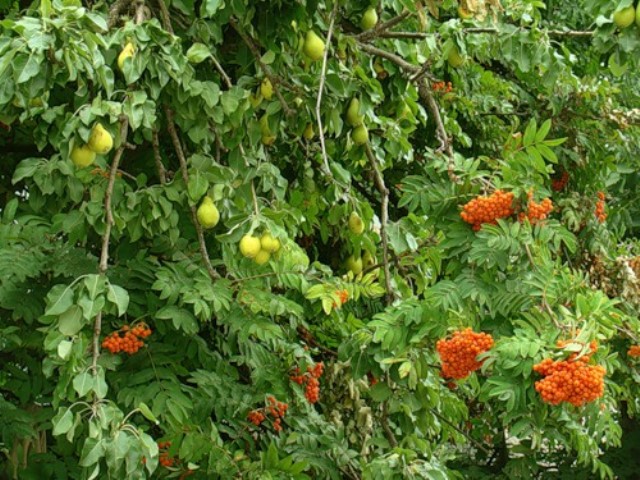
Sometimes you can find information that you can plant a pear in the fall. But this time is rarely chosen. This is due to the fact that the autumn weather is whiter than unstable, and at night there can already be a significant drop in temperature, up to frost. Pear grafting at this time is marked by a low degree of survival.
Rootstock selection
The choice of rootstock for pears ranks second in importance, after determining the time of the manipulation. This is due to the fact that the rootstock is of great importance for the size of the crown and the tree as a whole, as well as for the entry into fruiting and the volume of the crop.
There are several options for choosing a scion for a pear:
- on a pear. First of all, it should be noted that it is best to graft a pear on a different variety. As a result, you will get the maximum effect. As a rootstock, Lesnaya, Thinkovetka, Svetlyanka, Severyanka, Tenderness or Usurian pear are often used. But such an inoculation is used if it is simply necessary to improve the quality of the fruit. In the end, you will receive a pear that will bear fruit simply in different types of fruits;
- on quince. It is considered the most common option. In the course of it, "mocking" is carried out, which implies a decrease in the height of the tree. This will reduce the amount of space the pear takes up in your garden. The fruiting process will also accelerate, and the fruits themselves will become more tasty;
- on the apple tree. It is found more often than other options, since the apple tree is the most common fruit tree. Apple stock grows well and quickly with pear cuttings. Often, pear grafting of the Kafedralnaya and Lada varieties is carried out on the following apple varieties: Vityaz, Melba, Antonovka. This is the most optimal grafting, but it is characterized by incomplete wood fusion. In the future, it is possible for the grafted branch to break off, but this can be avoided by using props or garters.Some gardeners note that this option is most effective if the apple tree was grown from seed;
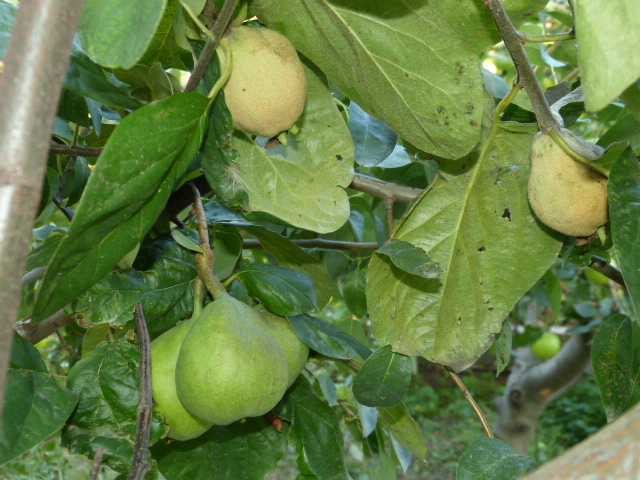
- on the mountain ash. Less common because the post-vaccination period requires more careful and attentive care. Over time, the site of the vaccination may "flood". This is due to the fact that the pear thickens much faster than the mountain ash. And as a result, not only the strength of the tree itself will decrease, but also its lifespan. The fruits, after this manipulation, acquire astringency, drier pulp and a loss of sugar content occurs;
- on the hawthorn. It is also a rather rare option, since a positive result does not occur very often;
- on a lemon. This option was successfully practiced by I.V. Michurin. The problem in this situation is the low compatibility of such different species as stone and pome fruits;
- on the cotoneaster. A good option, since the taste of the fruit remains pleasant, and the scion itself grows well together;
- on cherry plum. Cherry plum is a fairly strong rootstock not only for pears, but also for other stone fruits (with the exception of cherries and cherries);
- on aroni and irge. As a result, we get a dwarf tree. But in the future, there is an uneven development of the thickness of the scion and rootstock. In the place above the inoculation, "nodules" are often formed. Therefore, such branches require additional support, and the tree itself becomes unstable and short-lived.
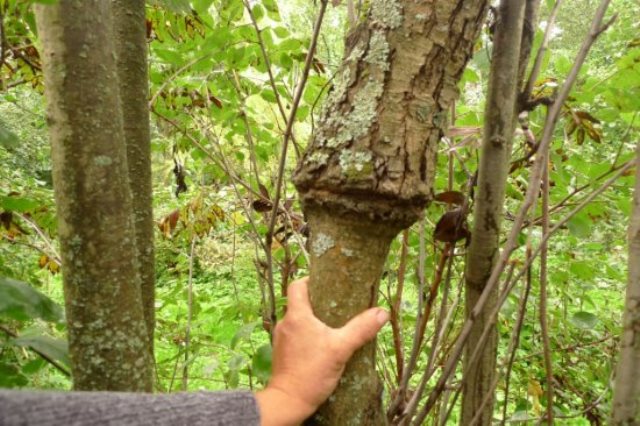
The above list is far from complete. You can always experiment with the choice of rootstock and create a new variety. You can experiment with characteristics such as yield, flowering and fruiting periods, as well as increase the winter hardiness and resistance of the tree to various diseases. In such experiments, the site of the vaccination should be closely monitored to determine its effectiveness. The presence of influxes in this place, a lot of overgrowth and the depressed state of the plant indicate an unsuitable rootstock.
Rules
In order to achieve optimal results and not ruin the pear graft, certain rules must be followed. This process is unique, as it allows you to get a high-quality graft from a small cuttings or buds. The presence of a high-quality and suitable stock allows you to achieve maximum results in the shortest possible time.
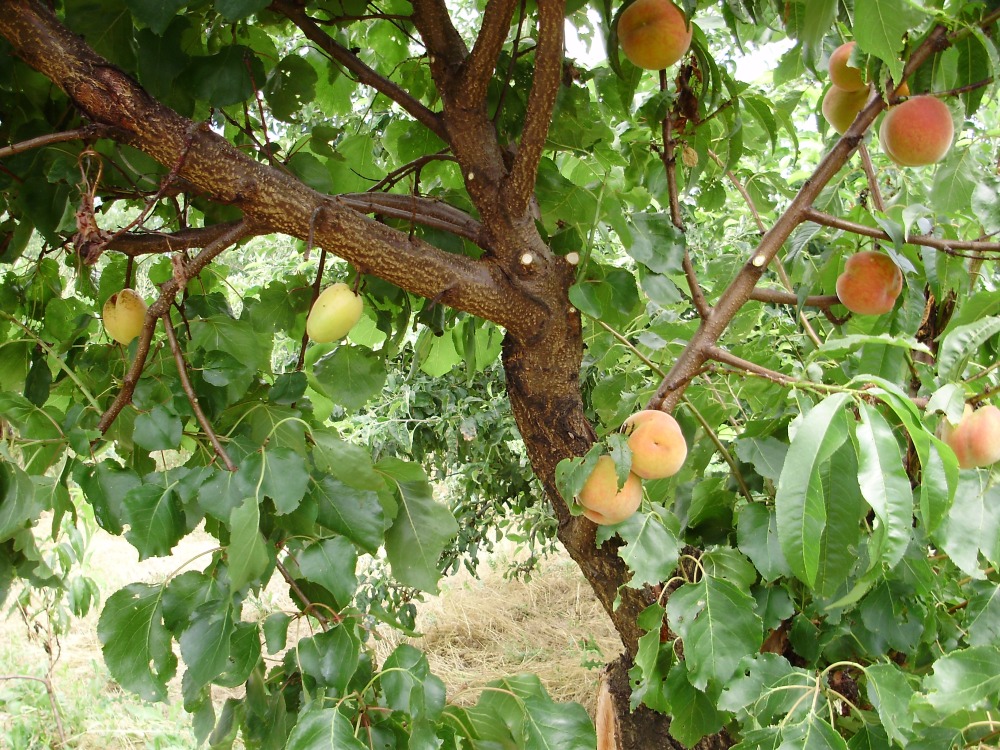
Rules for grafting pears on different rootstocks:
- it is necessary to get acquainted with the biological characteristics of the scion and rootstock first;
- use only clean and sharp tools;
- get acquainted with the technology of the process;
- only young and healthy cuttings are grafted, which will significantly increase the success of the operation;
- it is necessary to correctly choose not only the time of vaccination, but also to carry it out under favorable weather conditions;
- it is better to plant summer varieties in the upper part of the crown, but autumn ones - in its middle part, winter ones - at the very bottom;
- in no case is it recommended to carry out this manipulation for winter varieties that will be grafted into summer varieties;
- in the upper part of the crown, the lower varieties are grafted, since in winter the air temperature there is higher than above the snow;
- if necessary, a double grafting is possible, which includes a stem-forming agent between the stock and the scion;
- the scion should be as anatomically and biologically suitable as possible to the stock;
- it is necessary to clearly determine the purpose of vaccination and choose a stock based on these considerations;
- cuttings should be annual, and they must be taken from the upper part of the crown, given its illumination. It is best to take branches from a well-lit side;
- they are harvested in late autumn or winter. But this must be done before the onset of severe cold weather;
- cuttings are stored in a damp and cool place at a temperature of no more than 4OWITH;
- the scion should have well-developed buds;
- cut branches should be wrapped in a damp cloth and wrapped in plastic. You can store them in the refrigerator or basement in wet sand;
- the rootstock tree must be healthy and strong.
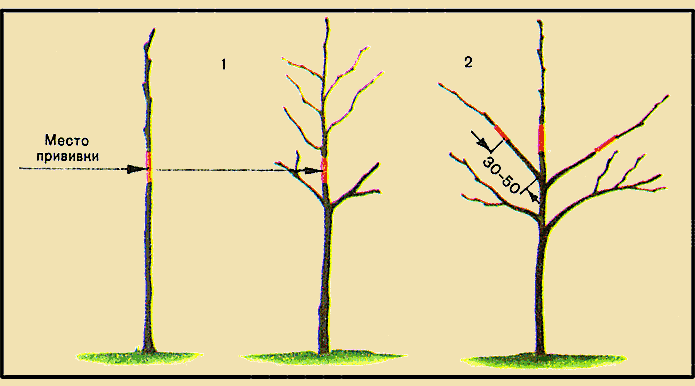
Scheme of grafting on stem and skeleton formers
Video "Algorithm for the correct vaccination"
In this video, you can familiarize yourself in detail with all the nuances of the vaccination process.
Compliance with the above rules, as well as the correct choice of stock will bring the desired effect and you will enjoy new and tasty fruits.
